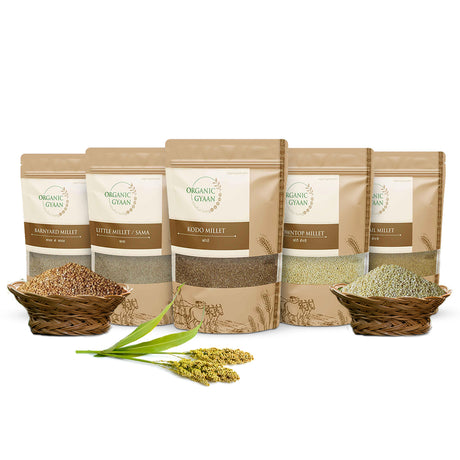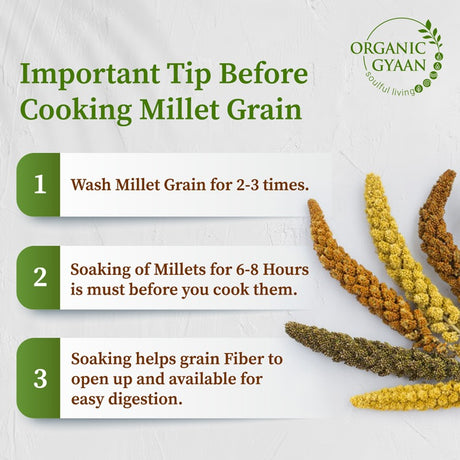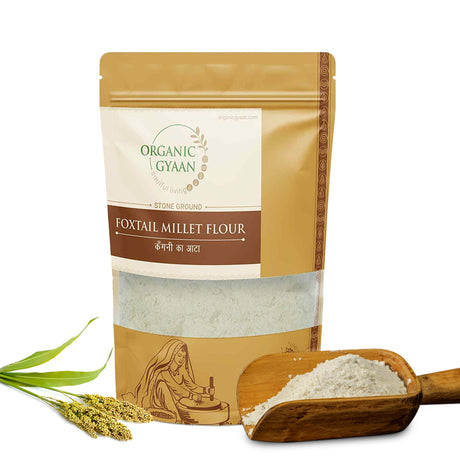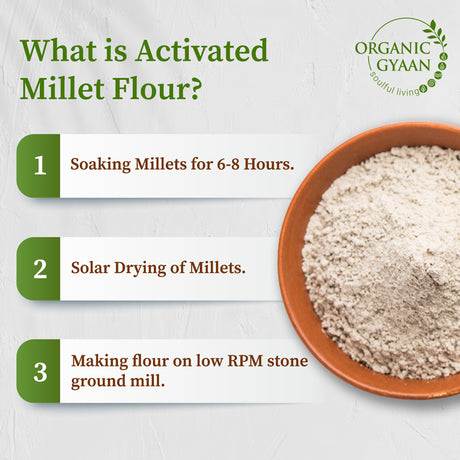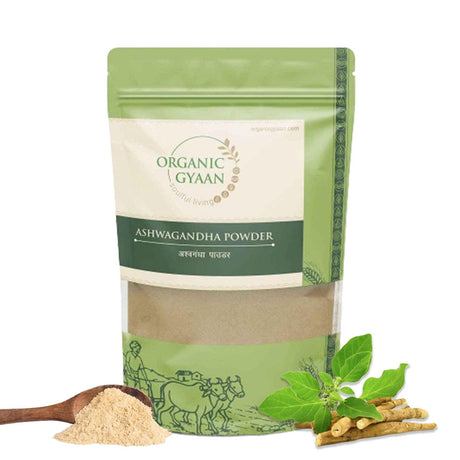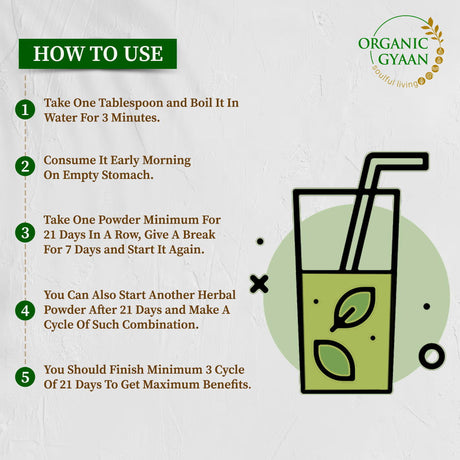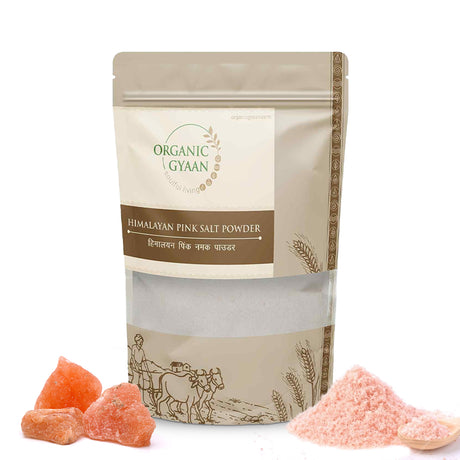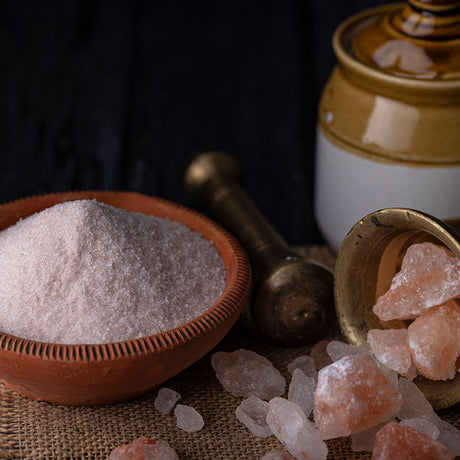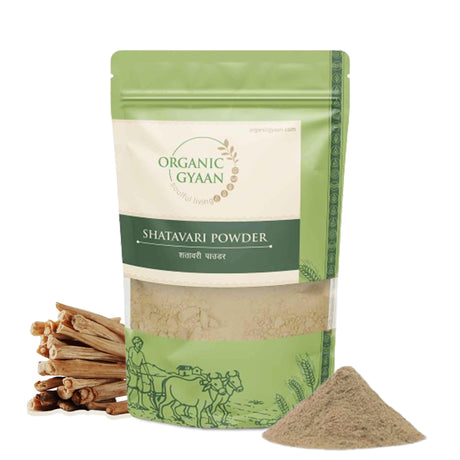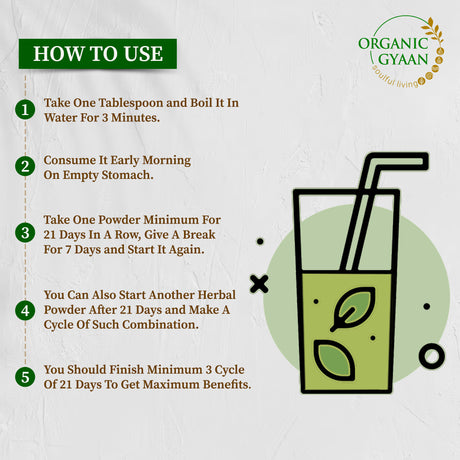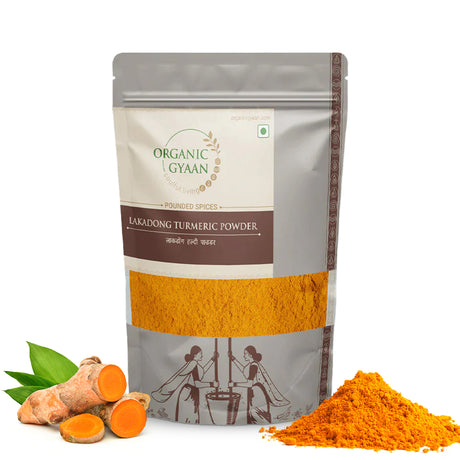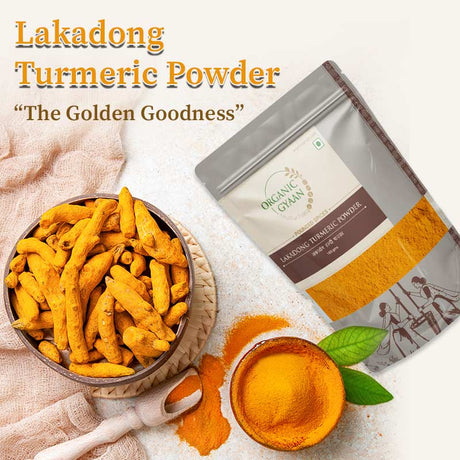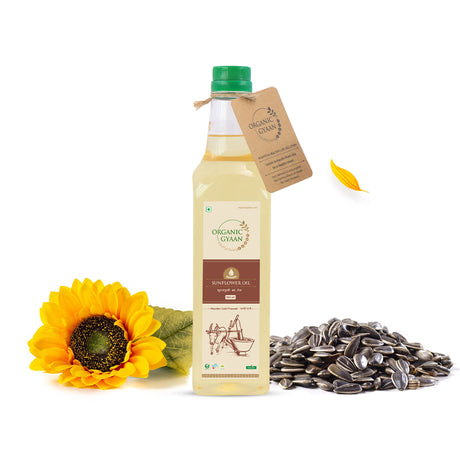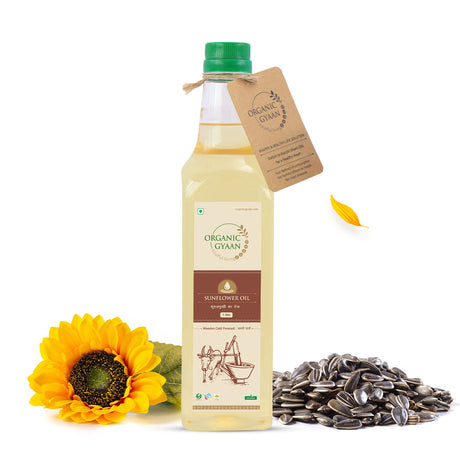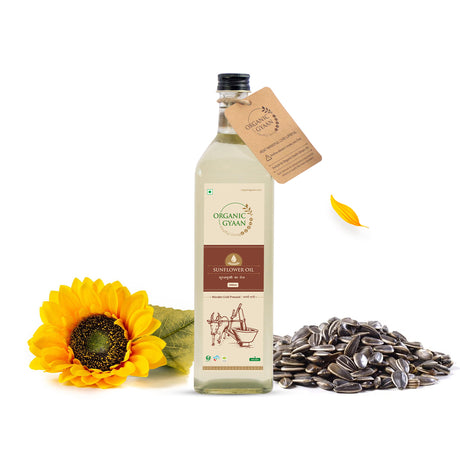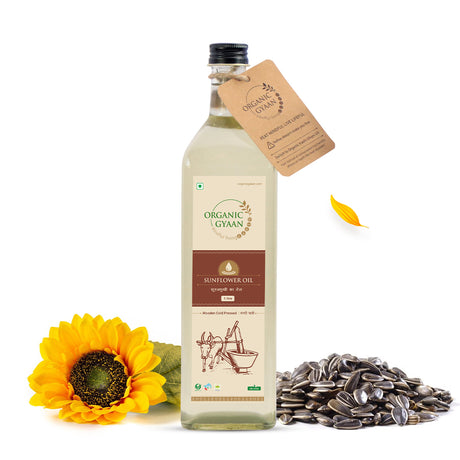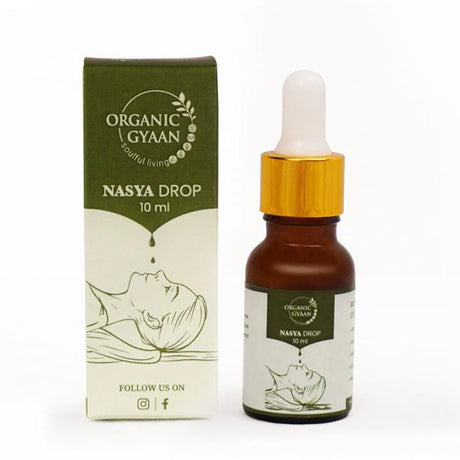तुम्हाला माहीत आहे का की कमी उष्मांक असलेले पदार्थ खाल्ल्याने तुमचे वजन कमी होण्यास मदत होते आणि सतत भूक न लागता? हे पदार्थ कमी कॅलरीज देतात, त्यामुळे तुम्ही वजन न वाढवता त्यापैकी जास्त खाऊ शकता. कमी उष्मांकयुक्त पदार्थांमध्ये फळे, भाज्या आणि बाजरीचे धान्य यांचा समावेश होतो, जे तुमच्या शरीराला आवश्यक असलेल्या पोषक तत्वांनी देखील भरलेले असतात. यापैकी अधिक पदार्थ खाल्ल्याने, कॅलरी कमी करताना तुम्ही तृप्त आणि तृप्त होऊ शकता. हे आपल्याला नैसर्गिक आणि आनंददायक मार्गाने निरोगी वजन राखण्यास मदत करते.
कमी कॅलरीयुक्त पदार्थांचा परिचय
कमी उष्मांक असलेले पदार्थ असे असतात ज्यात प्रत्येक चाव्यात कमी कॅलरी असतात, ज्यामुळे ते वजन कमी करण्यासाठी योग्य बनतात. जेव्हा तुम्ही तुमच्या आहारात या पदार्थांचा समावेश करता तेव्हा तुम्ही अतिरिक्त कॅलरी मिळवण्याची चिंता न करता अधिक खाऊ शकता. याचा अर्थ असा की तुम्ही तुमच्या कॅलरीजचे प्रमाण कमी ठेवून मोठ्या भागांचा आनंद घेऊ शकता. या ब्लॉगमध्ये, आम्ही विविध कमी उष्मांक असलेले पदार्थ पाहू, ते का फायदेशीर आहेत आणि तुमच्या वजन कमी करण्याच्या प्रवासात तुम्हाला मदत करण्यासाठी तुम्हाला खाद्यपदार्थांची यादी देऊ. हे पदार्थ केवळ वजन कमी करण्यासाठीच चांगले नाहीत तर तुमच्या शरीराला निरोगी राहण्यासाठी आवश्यक असलेल्या पोषक तत्वांनी भरलेले आहेत.
कमी कॅलरीयुक्त पदार्थांचे फायदे
तुमच्या आहारात कमी कॅलरीयुक्त पदार्थ जोडण्याचे अनेक फायदे आहेत:
1. वजन कमी होणे
कमी उष्मांक असलेले पदार्थ तुम्हाला बर्न करण्यापेक्षा कमी कॅलरी खाण्यास मदत करतात, जे वजन कमी करण्यासाठी आवश्यक आहे. ते आपल्याला वजन न वाढवता मोठ्या भागांचा आनंद घेण्याची परवानगी देतात.
2. पोषक-दाट
हे पदार्थ महत्त्वाचे जीवनसत्त्वे, खनिजे आणि अँटिऑक्सिडंट्सने भरलेले असतात जे तुमच्या शरीराला निरोगी राहण्यासाठी आवश्यक असतात. ते अनेक कॅलरीज जोडल्याशिवाय आवश्यक पोषक प्रदान करतात.
3. तृप्ति
कमी उष्मांक असलेले पदार्थ तुम्हाला जास्त काळ पूर्ण आणि समाधानी वाटण्यास मदत करतात. यामुळे अस्वास्थ्यकर अन्न जास्त खाण्याची किंवा स्नॅकिंगची शक्यता कमी होते.
4. अष्टपैलुत्व
तुम्ही कमी उष्मांक असलेले पदार्थ अनेक वेगवेगळ्या पाककृती आणि जेवणात वापरू शकता. ही विविधता तुमचा आहार मनोरंजक आणि आनंददायक ठेवते, ज्यामुळे निरोगी खाण्याच्या सवयींना चिकटून राहणे सोपे होते.
वजन कमी करण्यासाठी टॉप लो कॅलरीयुक्त पदार्थ
1. पालेभाज्या
पालक, काळे आणि कोशिंबिरीसाठी वापरण्यात येणारा एक पाला व त्याचे झाड यासारख्या पालेभाज्यांमध्ये कॅलरीज खूप कमी असतात परंतु फायबर, जीवनसत्त्वे आणि खनिजे जास्त असतात. पालकाच्या एका कपमध्ये फक्त 7 कॅलरीज असतात, ज्यामुळे ते तुमच्या जेवणात उत्तम भर घालते.
पालेभाज्यांचे पौष्टिक मूल्य
|
पोषक |
रक्कम (प्रति कप) |
|
कॅलरीज |
७ |
|
फायबर |
0.7 ग्रॅम |
|
व्हिटॅमिन ए |
2813 IU |
|
व्हिटॅमिन के |
145 एमसीजी |
|
फोलेट |
58 एमसीजी |
आरोग्य लाभ
-
अँटिऑक्सिडंट्स समृद्ध: ऑक्सिडेटिव्ह तणावाशी लढण्यास मदत करा.
-
डोळ्यांच्या आरोग्यास समर्थन देते: व्हिटॅमिन ए जास्त आहे.
-
हाडांचे आरोग्य सुधारते: व्हिटॅमिन के हाडांच्या घनतेला समर्थन देते.
-
पचनास मदत करते: फायबर आतड्यांच्या आरोग्यास प्रोत्साहन देते.
2. क्रूसिफेरस भाज्या
ब्रोकोली, फ्लॉवर आणि ब्रसेल्स स्प्राउट्स सारख्या भाज्यांमध्ये कॅलरीज कमी असतात आणि फायबर जास्त असते, जे पचन आणि परिपूर्णतेस मदत करते. एक कप ब्रोकोलीमध्ये फक्त 55 कॅलरीज असतात.
क्रूसिफेरस भाज्यांचे पौष्टिक मूल्य
|
पोषक |
रक्कम (प्रति कप) |
|
कॅलरीज |
५५ |
|
फायबर |
2.4 ग्रॅम |
|
व्हिटॅमिन सी |
81 मिग्रॅ |
|
व्हिटॅमिन के |
92 एमसीजी |
|
फोलेट |
57 एमसीजी |
आरोग्य लाभ
-
कर्करोगाशी लढण्याचे गुणधर्म: ग्लुकोसिनोलेट असतात ज्यामुळे कर्करोगाचा धोका कमी होतो.
-
रोगप्रतिकारशक्ती वाढवते: व्हिटॅमिन सी जास्त असते.
-
हृदयाच्या आरोग्यास समर्थन देते: फायबर कोलेस्ट्रॉल कमी करते.
-
दाहक-विरोधी: जळजळ कमी करते.
3. फळे
सफरचंद, बेरी आणि संत्री यांसारख्या फळांमध्ये कॅलरीज कमी असतात आणि त्यात जीवनसत्त्वे आणि अँटिऑक्सिडंट असतात. उदाहरणार्थ, सफरचंदात सुमारे ९५ कॅलरीज असतात आणि त्यात फायबरचे प्रमाण जास्त असते.
फळांचे पौष्टिक मूल्य (सफरचंद)
|
पोषक |
रक्कम (प्रति सफरचंद) |
|
कॅलरीज |
९५ |
|
फायबर |
4.4 ग्रॅम |
|
व्हिटॅमिन सी |
8.4 मिग्रॅ |
|
पोटॅशियम |
195 मिग्रॅ |
|
व्हिटॅमिन के |
4 एमसीजी |
आरोग्य लाभ
-
फायबर समृद्ध: पचन आणि परिपूर्णतेस समर्थन देते.
-
रोगप्रतिकारक शक्ती वाढवते: व्हिटॅमिन सी जास्त असते.
-
हृदयाचे आरोग्य: पोटॅशियम रक्तदाब नियंत्रित करण्यास मदत करते.
-
अँटिऑक्सिडंट गुणधर्म: पेशींचे नुकसान होण्यापासून संरक्षण करते.
4. बाजरी
फॉक्सटेल , मोती आणि फिंगर बाजरी यांसारखे बाजरी हे कॉम्प्लेक्स कार्ब्स आणि फायबरचे उत्तम स्रोत आहेत. इतर धान्यांच्या तुलनेत ते कमी कॅलरी असतात आणि ऊर्जा देतात. एक कप शिजवलेल्या बाजरीमध्ये सुमारे 207 कॅलरीज असतात.
बाजरीचे पौष्टिक मूल्य
|
पोषक |
रक्कम (प्रति कप) |
|
कॅलरीज |
207 |
|
फायबर |
2.3 ग्रॅम |
|
प्रथिने |
6 ग्रॅम |
|
मॅग्नेशियम |
77 मिग्रॅ |
|
फॉस्फरस |
180 मिग्रॅ |
आरोग्य लाभ
-
पाचक आरोग्यास समर्थन देते: फायबरचे प्रमाण जास्त आहे.
-
शाश्वत ऊर्जा: जटिल कार्ब प्रदान करते.
-
पोषक तत्वांनी समृद्ध: मॅग्नेशियम आणि फॉस्फरस हाडांच्या आरोग्यास समर्थन देतात.
-
ग्लूटेन-मुक्त: ग्लूटेन-असहिष्णु लोकांसाठी योग्य.
5. मसूर आणि डाळी
मसूर , चणे आणि सोयाबीनमध्ये प्रथिने आणि फायबर भरपूर प्रमाणात असतात, ज्यामुळे ते वजन कमी करण्यासाठी आदर्श बनतात . त्यामध्ये कॅलरीज कमी असतात आणि ते तुम्हाला जास्त काळ पोटभर ठेवतात. एक कप शिजवलेल्या मसूरमध्ये सुमारे 230 कॅलरीज असतात.
मसूराचे पौष्टिक मूल्य
|
पोषक |
रक्कम (प्रति कप) |
|
कॅलरीज |
230 |
|
फायबर |
१५.६ ग्रॅम |
|
प्रथिने |
18 ग्रॅम |
|
लोखंड |
6.6 मिग्रॅ |
|
फोलेट |
358 एमसीजी |
आरोग्य लाभ
-
उच्च प्रथिने: स्नायूंच्या वाढीस समर्थन देते.
-
भरपूर लोह: ॲनिमिया टाळण्यास मदत होते.
-
पचनास मदत करते: भरपूर फायबर.
-
हृदयाचे आरोग्य: फोलेट हृदय व रक्तवाहिन्यासंबंधी आरोग्यास समर्थन देते.
6. बियाणे
चिया , अंबाडी आणि भोपळा यांसारख्या बिया पौष्टिक-दाट आणि कॅलरी कमी असतात. ते फायबर, प्रथिने आणि निरोगी चरबीने भरलेले असतात. एक चमचा चिया बियांमध्ये सुमारे 58 कॅलरीज असतात.
बियांचे पौष्टिक मूल्य (चिया बियाणे)
|
पोषक |
रक्कम (प्रति चमचे) |
|
कॅलरीज |
५८ |
|
फायबर |
4.1 ग्रॅम |
|
प्रथिने |
2 ग्रॅम |
|
ओमेगा -3 |
4915 मिग्रॅ |
|
कॅल्शियम |
76 मिग्रॅ |
आरोग्य लाभ
-
ओमेगा -3 समृद्ध: मेंदू आणि हृदयाच्या आरोग्यास समर्थन देते.
-
फायबरमध्ये जास्त: तृप्ति आणि पचन सुधारते.
-
कॅल्शियम सामग्री: हाडे मजबूत करते.
-
प्रथिने-पॅक: स्नायूंच्या दुरुस्तीस समर्थन देते.
7. सुकी फळे
बदाम , अक्रोड आणि खजूर यांसारखी सुकी फळे , माफक प्रमाणात, वजन कमी करण्यास मदत करू शकतात. ते आवश्यक पोषक तत्वे प्रदान करतात आणि भूक कमी करतात. मूठभर बदामात (सुमारे 23 बदाम) सुमारे 160 कॅलरीज असतात.
सुक्या फळांचे पौष्टिक मूल्य (बदाम)
|
पोषक |
रक्कम (प्रति 23 बदाम) |
|
कॅलरीज |
160 |
|
फायबर |
3.5 ग्रॅम |
|
प्रथिने |
6 ग्रॅम |
|
मॅग्नेशियम |
76 मिग्रॅ |
|
व्हिटॅमिन ई |
7.3 मिग्रॅ |
आरोग्य लाभ
-
निरोगी चरबीने समृद्ध: हृदयाच्या आरोग्यास समर्थन देते.
-
प्रथिने आणि फायबर: परिपूर्णतेस प्रोत्साहन देते आणि पचनास मदत करते.
-
मॅग्नेशियम समृद्ध: स्नायू आणि मज्जातंतूंच्या कार्यास समर्थन देते.
-
व्हिटॅमिन ई: अँटीऑक्सिडंट म्हणून कार्य करते.
8. ओट्स
ओट्स हे एक विलक्षण कमी-कॅलरी अन्न आहे जे फायबरने समृद्ध आहे आणि तुम्हाला जास्त काळ पोट भरल्यासारखे वाटू शकते. एक कप शिजवलेल्या ओट्समध्ये सुमारे 154 कॅलरीज असतात आणि प्रथिने आणि आवश्यक पोषक तत्वांचा चांगला पुरवठा होतो.
ओट्सचे पौष्टिक मूल्य
|
पोषक |
रक्कम (प्रति कप) |
|
कॅलरीज |
१५४ |
|
फायबर |
4g |
|
प्रथिने |
6 ग्रॅम |
|
मॅग्नेशियम |
63 मिग्रॅ |
|
लोखंड |
1.7 मिग्रॅ |
आरोग्य लाभ
-
जास्त प्रमाणात फायबर: पचनास समर्थन देते आणि कोलेस्ट्रॉल कमी करते.
-
प्रथिने समृद्ध: स्नायूंच्या दुरुस्तीसाठी मदत करते.
-
हृदयाचे आरोग्य: हृदयविकाराचा धोका कमी करण्यास मदत करते.
-
शाश्वत ऊर्जा: दीर्घकाळ टिकणारी ऊर्जा प्रदान करते.
9. सॅलड्स
पालेभाज्यांसह बनवलेले सॅलड आणि भाज्या, बिया आणि हलके ड्रेसिंग हे कमी-कॅलरी जेवण योग्य आहे. हिरव्या भाज्या, टोमॅटो, काकडी आणि हलके व्हिनिग्रेट असलेले मूलभूत सॅलड 150 कॅलरीज इतके कमी असू शकते.
सॅलडचे पौष्टिक मूल्य (मूळ मिश्रित सॅलड)
|
पोषक |
रक्कम (प्रति सेवा) |
|
कॅलरीज |
150 |
|
फायबर |
3 ग्रॅम |
|
व्हिटॅमिन ए |
5400 IU |
|
व्हिटॅमिन सी |
15 मिग्रॅ |
|
पोटॅशियम |
450 मिग्रॅ |
आरोग्य लाभ
-
जीवनसत्त्वे समृद्ध: रोगप्रतिकारक कार्य आणि त्वचेच्या आरोग्यास समर्थन देते.
-
हायड्रेटिंग: उच्च पाण्याचे प्रमाण.
-
तृप्ति वाढवते: भूक नियंत्रित करण्यास मदत करते.
-
कमी कॅलरीज: वजन व्यवस्थापनासाठी आदर्श.
कमी कॅलरीयुक्त पदार्थ समाविष्ट करण्यासाठी कृती करण्यायोग्य टिपा
1. आपल्या दिवसाची सुरुवात पौष्टिक न्याहारीने करा: बेरीसह ओटचे जाडे भरडे पीठ किंवा पालक, काकडी आणि लिंबाचा रस घालून स्मूदीसारखे पदार्थ खा.
2. तुमची अर्धी ताट भाजींनी भरा: दुपारच्या आणि रात्रीच्या जेवणादरम्यान, तुमच्या ताटात कमीत कमी अर्ध्या ताटात ब्रोकोली, गाजर आणि हिरव्या भाज्यांसारख्या कमी-कॅलरी भाज्या असतील याची खात्री करा.
3. हुशारीने स्नॅक करा: सेलेरी स्टिक्स, काकडीचे तुकडे किंवा सफरचंद यांसारख्या कमी-कॅलरी पर्यायांसह उच्च-कॅलरी स्नॅक्स बदला.
4. वनस्पती-आधारित प्रथिने समाविष्ट करा: स्नायू तयार करण्यात आणि चयापचय वाढविण्यात मदत करण्यासाठी आपल्या जेवणात मसूर, चणे आणि टोफू यांसारखी वनस्पती-आधारित प्रथिने घाला.
5. शून्य-कॅलरी पेयांसह हायड्रेट: साखरयुक्त पेयेऐवजी भरपूर पाणी किंवा हर्बल टी प्या. पाणी केवळ हायड्रेट करत नाही तर भूक नियंत्रित करण्यास देखील मदत करते.
6. स्वयंपाक करण्याच्या पद्धतींचा प्रयोग: तळण्याऐवजी वाफाळणे, ग्रिलिंग किंवा बेकिंग सारख्या निरोगी स्वयंपाक पद्धती वापरा. हे अतिरिक्त कॅलरी न जोडता आपल्या अन्नातील पोषक तत्व टिकवून ठेवण्यास मदत करते.
जेवण योजना कल्पना
नाश्ता
- बेरीसह ओटचे जाडे भरडे पीठ: ताज्या बेरीसह ओटचे जाडे भरडे पीठ आणि चिया बियाणे शिंपडा.
- ग्रीन स्मूदी: पालक, काकडी, हिरवे सफरचंद आणि लिंबाचा रस मिसळा.
दुपारचे जेवण
- बाजरी कोशिंबीर: मिश्रित हिरव्या भाज्या, शिजवलेले बाजरी, चेरी टोमॅटो आणि हलके व्हिनिग्रेट असलेले हार्दिक सॅलड.
- व्हेजिटेबल स्टिर-फ्राय: ब्रोकोली, भोपळी मिरची आणि मटार थोड्या प्रमाणात ऑलिव्ह ऑइलमध्ये तळून घ्या.
रात्रीचे जेवण
- मसूर सूप: गाजर, भाजी किंवा कोशिंबीर बनवण्यासाठी उपयुक्त अशी एक वनस्पती, आणि मसाले मसूर सूप एक उबदार वाटी.
- क्विनोआ सॅलड: काकडी, चेरी टोमॅटो आणि खोबरेल तेल आणि लिंबाचा रस मिसळून क्विनोआ.
स्नॅक्स
- सफरचंदाचे तुकडे बदाम बटरसह: सफरचंदाचे तुकडे थोड्या प्रमाणात बदाम बटरसह सर्व्ह केले जातात.
- सेलेरी स्टिक्स विथ हुमस: कुरकुरीत सेलेरी स्टिक्स हुमसमध्ये बुडवल्या जातात.
निष्कर्ष
तुमच्या आहारात कमी कॅलरीयुक्त पदार्थांचा समावेश करणे हा वजन कमी करण्याचा एक व्यावहारिक आणि प्रभावी मार्ग आहे आणि तुम्हाला आवश्यक पोषक तत्वे मिळतील याची खात्री करा. पालेभाज्या आणि फळांपासून ते बाजरी, मसूर, बिया, ड्राय फ्रूट्स आणि ओट्सपर्यंत, हे पदार्थ अनेक प्रकारचे आरोग्य फायदे देतात आणि तुम्हाला समाधानी वाटतात. लक्षात ठेवा, वजन कमी करणे म्हणजे केवळ कॅलरी कमी करणे नव्हे तर आपल्या शरीराला पोषक आहार निवडणे देखील आहे.


